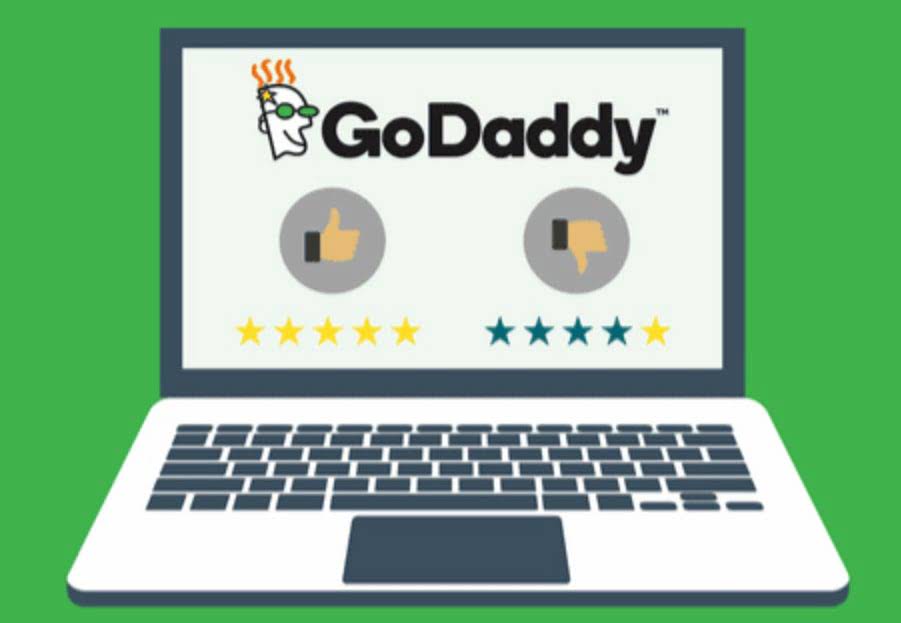
NPs are recorded in the general ledger to ensure debts are repaid in full accordance with the agreement. As you can see, assessing accounts payable vs. notes payable isn’t an apples-to-apples comparison. Accounts payable is much more complex, involving many linked tasks and related business documents to enable accurate and timely payments and help optimize working capital. Notes payable focus is the payment of loan principal and interest for large company purchases. Both are essential accounting functions that require careful monitoring to ensure financial health. The supplier offers 30-day payment terms, which means the retail store has 30 days to pay the outstanding amount.
- Here, too, there are complexities, especially when transactions are conducted on a global scale.
- Accounts payable represents the money you owe to vendors, suppliers, and other creditors.
- At the end of the contract, the software company is obligated to pay the marketing agency.
- But understanding both principles is key to managing debt and making on-time payments.
In larger organizations, the accounts payable function will require the further refinement of roles to support a broad set of business processes. It consists of a written promise to repay a loan, usually specifying the principal amount, interest to be paid, and a due date. These notes are typically issued when obtaining a loan from a bank, purchasing a company vehicle, or acquiring a building for the business. When the AP department receives the invoice, it records a $500 credit in accounts payable and a $500 debit to office supply expense. The $500 debit to office supply expense flows through to the income statement at this point, so the company has recorded the purchase transaction even though cash has not been paid out. This is in line with accrual accounting, where expenses are recognized when incurred rather than when cash changes hands.
Alert: our top-rated cash back card now has 0% intro APR until 2025
Accounts payable on the other hand is less formal and is a result of the credit that has been extended to your business from suppliers and vendors. There are other instances when notes payable or a promissory note can be issued, depending on the type of business you have. LeasO is a lease management software that brings lease accounting, Lease administration and Lease management all under one easy to use interface.

That’s where automated document matching becomes a valuable tool for account payable. This often starts with a purchase order, a purchasing best practice where authentication occurs on the front end before an order is sent, not after the fact of a purchase. Adding this requirement for purchasing eliminates the burden on accounts payable to validate an invoice. In a two-way match, the invoice is linked to a purchase order, automatically matched, and immediately approved for payment. That’s a key task in accounts payable, and one that is often easier said than done. In this article, we define accounts payable and notes payable, outline the main distinctions between the two, and provide some tips on how to better manage accounts payable.
What is the difference between Notes Payable and Accounts Payable?
If the note specifies to pay the debt within a year, it would be considered a short-term liability. If repayment can occur over a period longer than one year, the note is designated as a long-term liability. Notes payable are often used to purchase things like commercial buildings, industrial equipment, company cars or trucks, or other significant procurements that require a loan. Notes payable is a formal contract which contains a written promise to repay a loan.
The offsetting credit is made to the cash account, which also decreases the cash balance. It approaches a bank and takes out a $50,000 loan, agreeing to repay it with interest over three years. In this situation, the manufacturing company would record the $50,000 as notes payable, a liability account. 5 payment reminder templates to ask for overdue payments This is because there’s a written promissory note detailing the loan terms and repayment schedule. Notes Payable, on the other hand, represents a written promise by a company to pay a specific sum of money at a specified future date or upon the demand of the holder who received the note.
This is usually done if the company needs more time to pay an accounts payable invoice. Accounts payable is also responsible for managing employee reimbursements for travel expenses, petty cash, and other requests. Automated solutions can assist accounts payable to streamline and simplify the processing of these payments as well. Once an invoice is approved, the next step in the accounts payable process is payment.
Example 2: Business Loan from a Bank
Notes payable often involve larger, long-term assets such as buildings and equipment and have both principal and interest components. Appearing as a liability on the balance sheet, notes payable generally have a longer-term nature, greater than 12 months. The length of time in which the loan is due dictates whether it’s recorded as a short or long -term liability. Short- term liabilities are those due within 12 months and long- term are due in more than 12 months. A company’s total accounts payable balance at a specific point in time will appear on its balance sheet under the current liabilities section. Accounts payable are obligations that must be paid off within a given period to avoid default.
Meanwhile, obligations to other companies, such as the company that cleans the restaurant’s staff uniforms, fall into the accounts payable category. Both of these categories fall under the broader accounts payable category, and many companies combine both under the term accounts payable. Understanding the difference between accounts payable and notes payable is essential to keep your business operations running smoothly. While notes payable uses a formal written agreement or promissory note, managing notes payable is a straightforward task. However, it is possible to convert an accounts payable expense to notes payable if necessary.
This presents an opportunity to extend payment terms with their suppliers, and introduce an early payment discount program to support suppliers who would like to be paid sooner. Another invoice processing method for recurring orders can involve ordering off a contract. Instead of matching to the PO, the match is to the contract, and the amount of the contract is automatically debited to keep an accurate account of the budget. For preferred suppliers in certain categories of business spend, supplier management could extend to catalogs that employees order from, to make sure that all products and pricing are current and accurate.
The accounts payable team is responsible for paying the expenses that a company incurs to operate its business. For a small company, there may be only one or two people involved in this function. A common form of notes payable is a promissory note, which is similar to a loan. This is a legally binding contract to unconditionally repay a specified amount within a defined time frame. It differs from a loan contract in that payments are usually paid monthly rather than in installments. In addition, notes payable do not contain clauses for recourse actions in the event of default.
They represent a company’s obligations to its suppliers, vendors, or creditors, which need to be settled through payments. Being liabilities, they are recorded on the balance sheet, thus affecting the financial health and solvency of a company. On the other hand, notes payable refers to a written promise made by a borrower to repay a lender a specific sum of money at a specified future date or upon the holder’s demand.
However, this flexibility to pay later must be weighed against the ongoing relationships the company has with its vendors. When you pay the first quarterly interest expense, you’ll make the following entry, which should be paid at the end of the quarter. We saved more than $1 million on our spend in the first year and just recently identified an opportunity to save about $10,000 every month on recurring expenses with Planergy.
This would be classified as accounts payable, a financial obligation from services rendered on credit. Supplier management thus becomes essential as the volume of accounts payable transactions grows. https://www.quick-bookkeeping.net/accounts-receivable-accounts-payable/ One way of managing suppliers is to use no-code platforms to design management software with custom requirements. Notes payable and accounts payable are both forms of liabilities for a business.


















